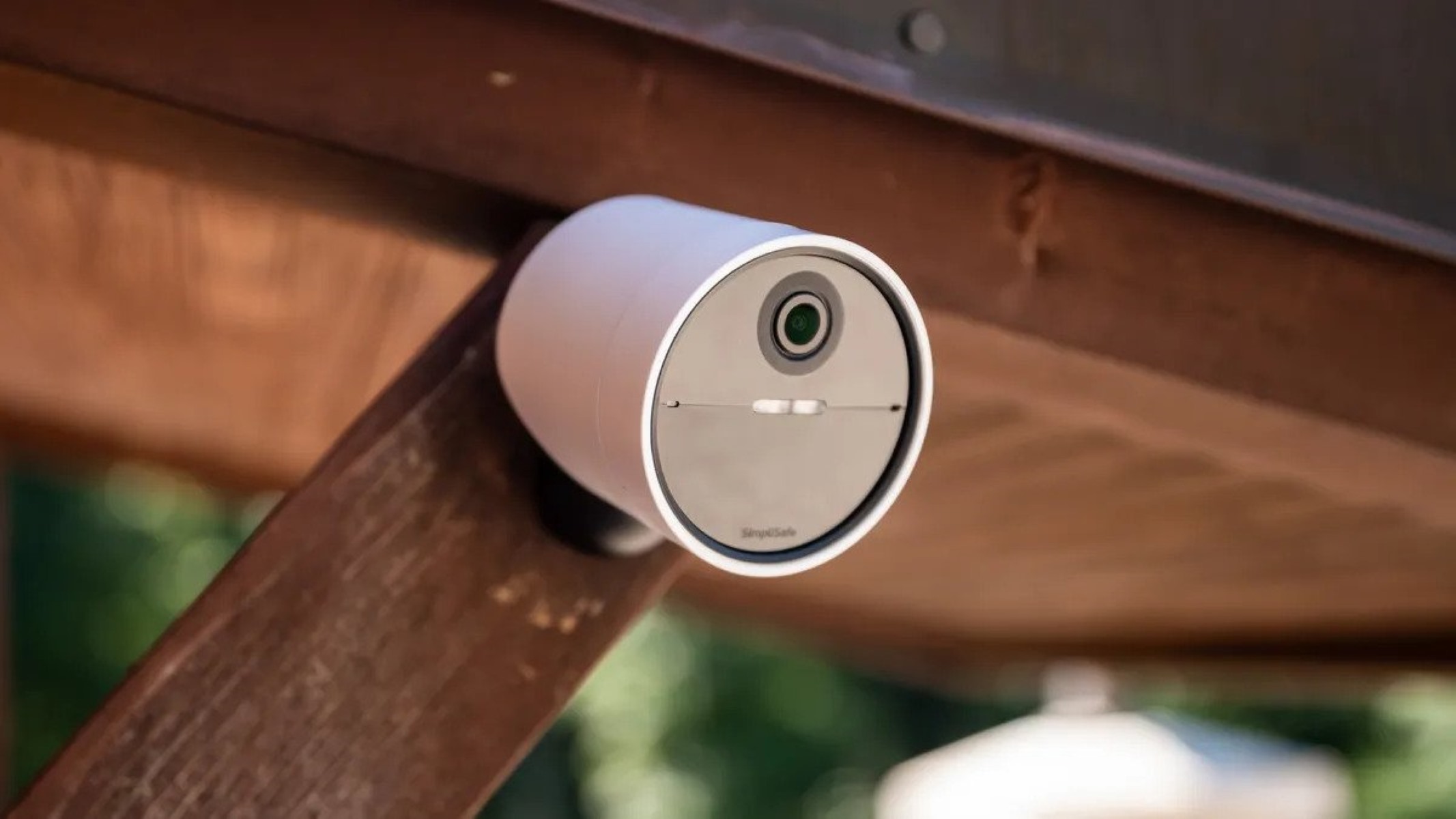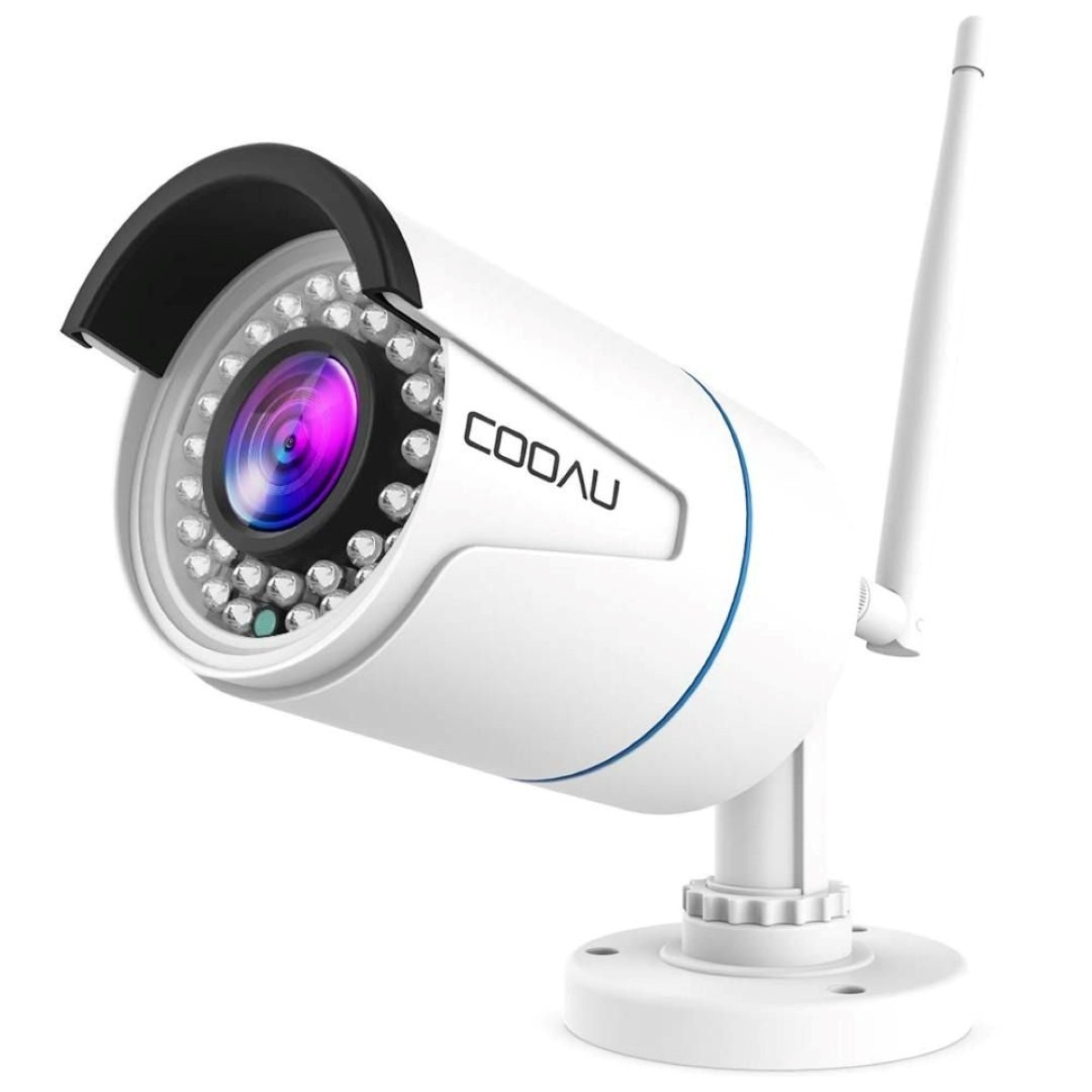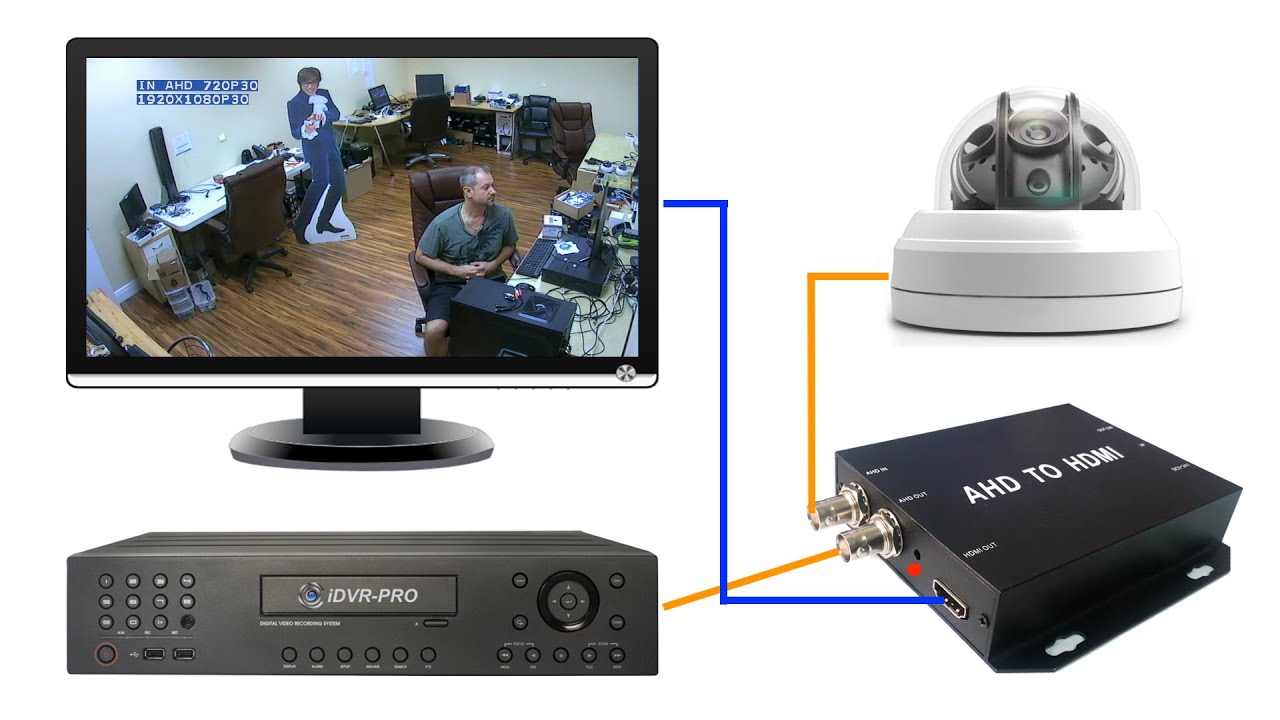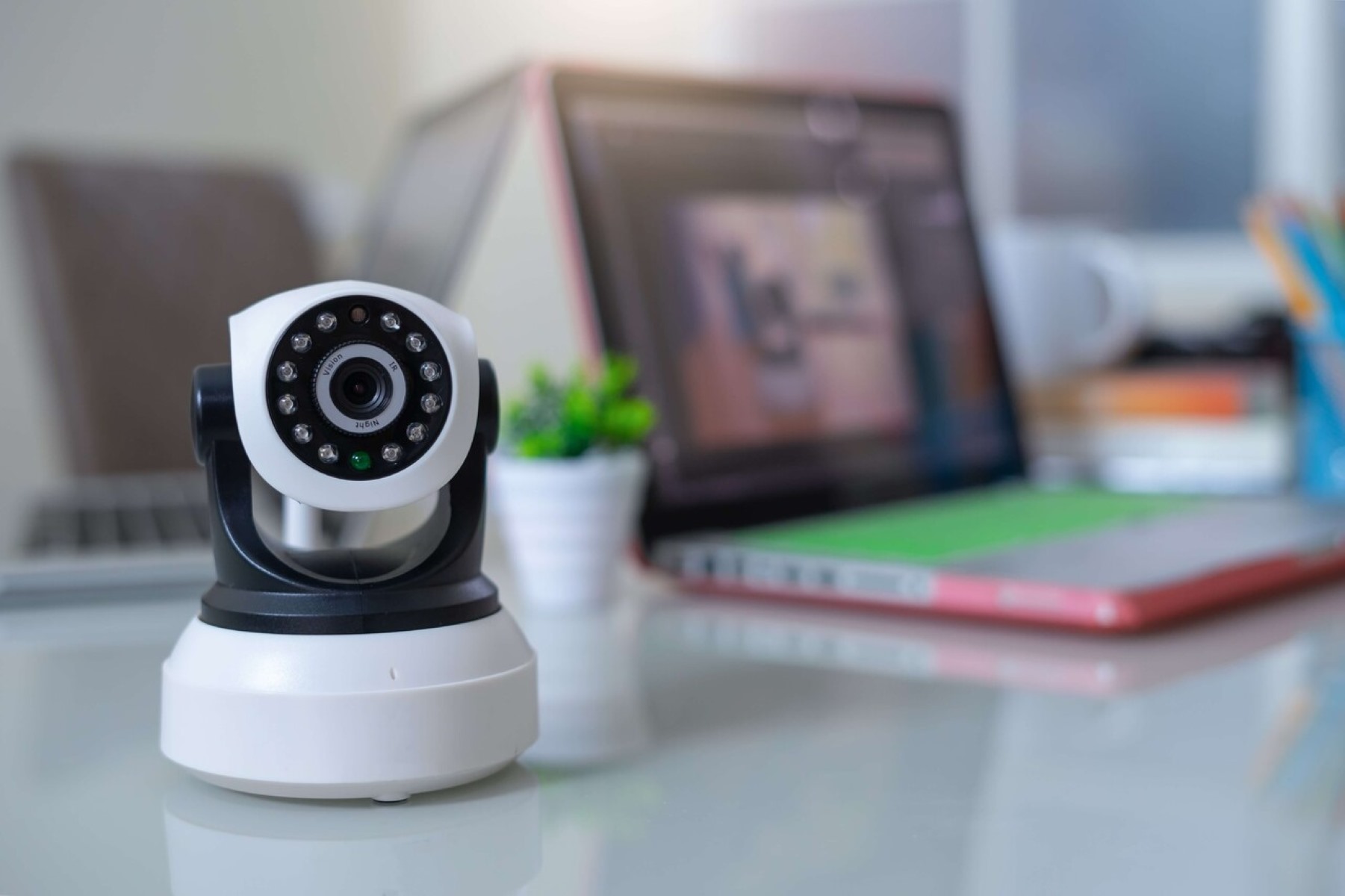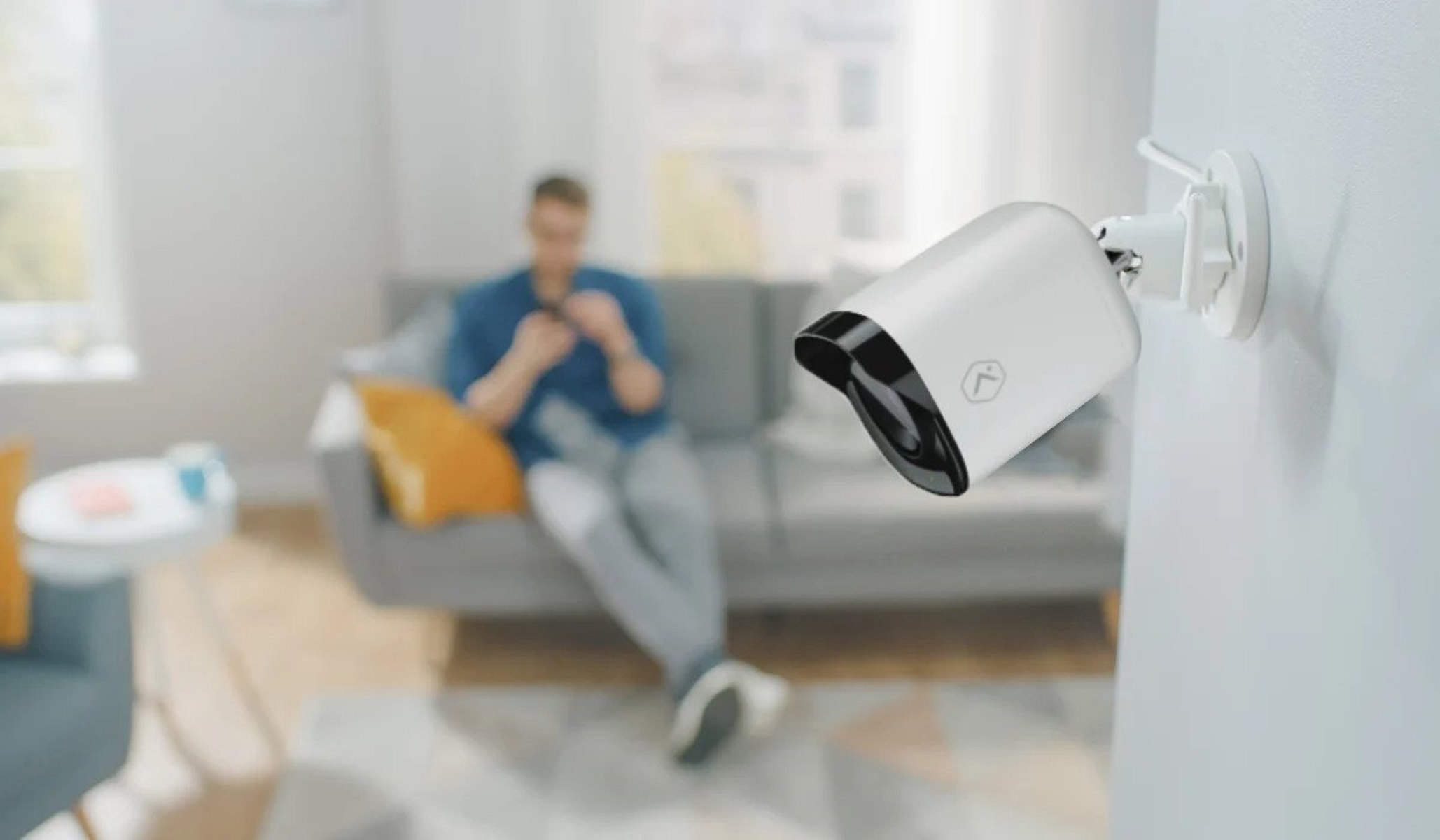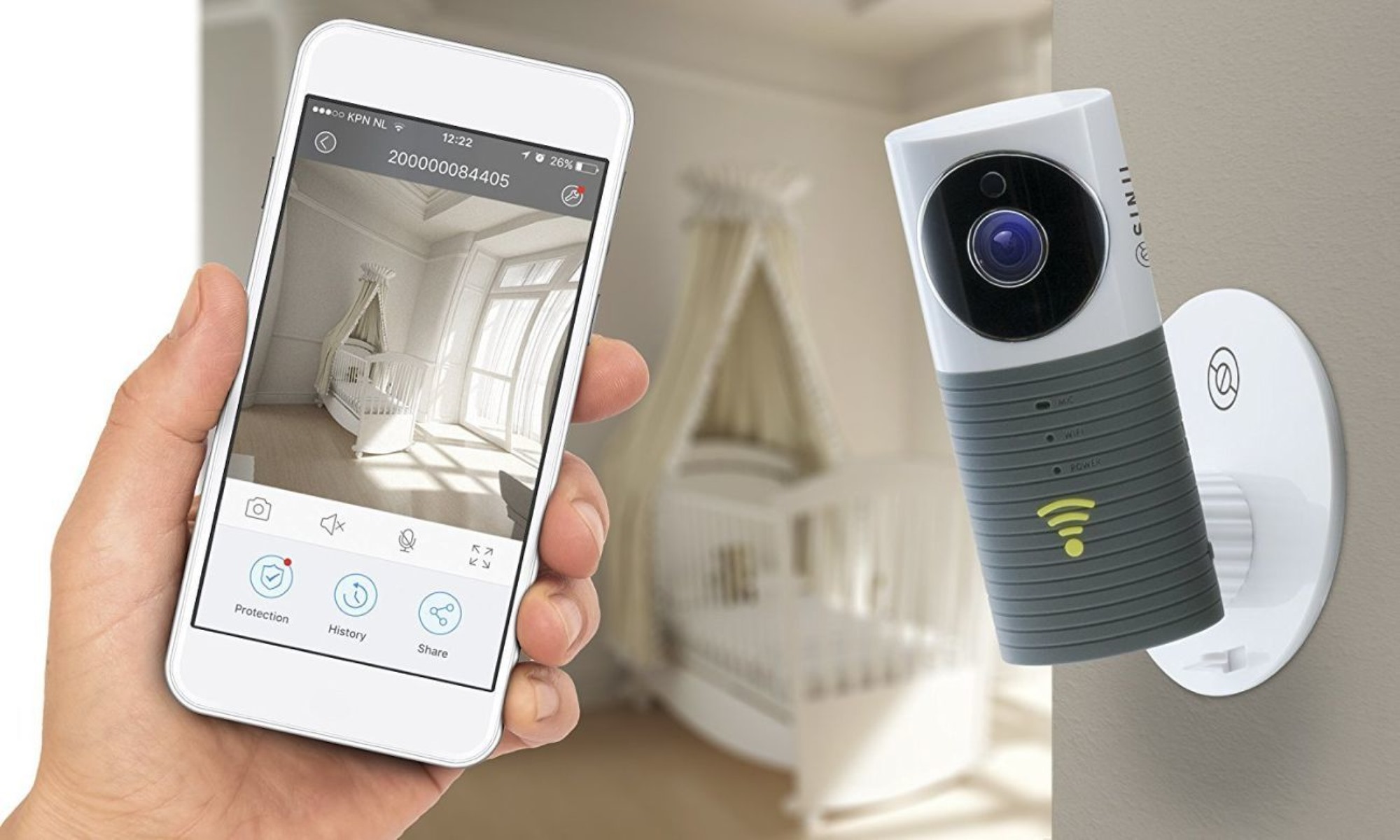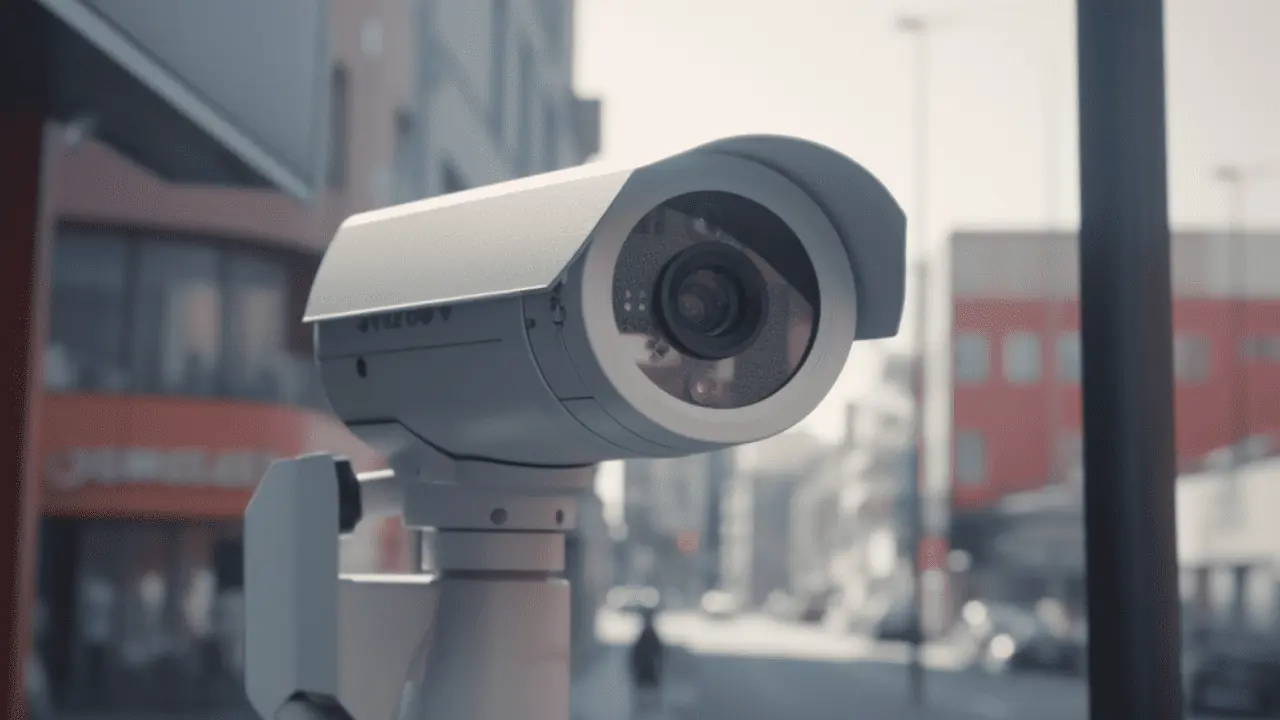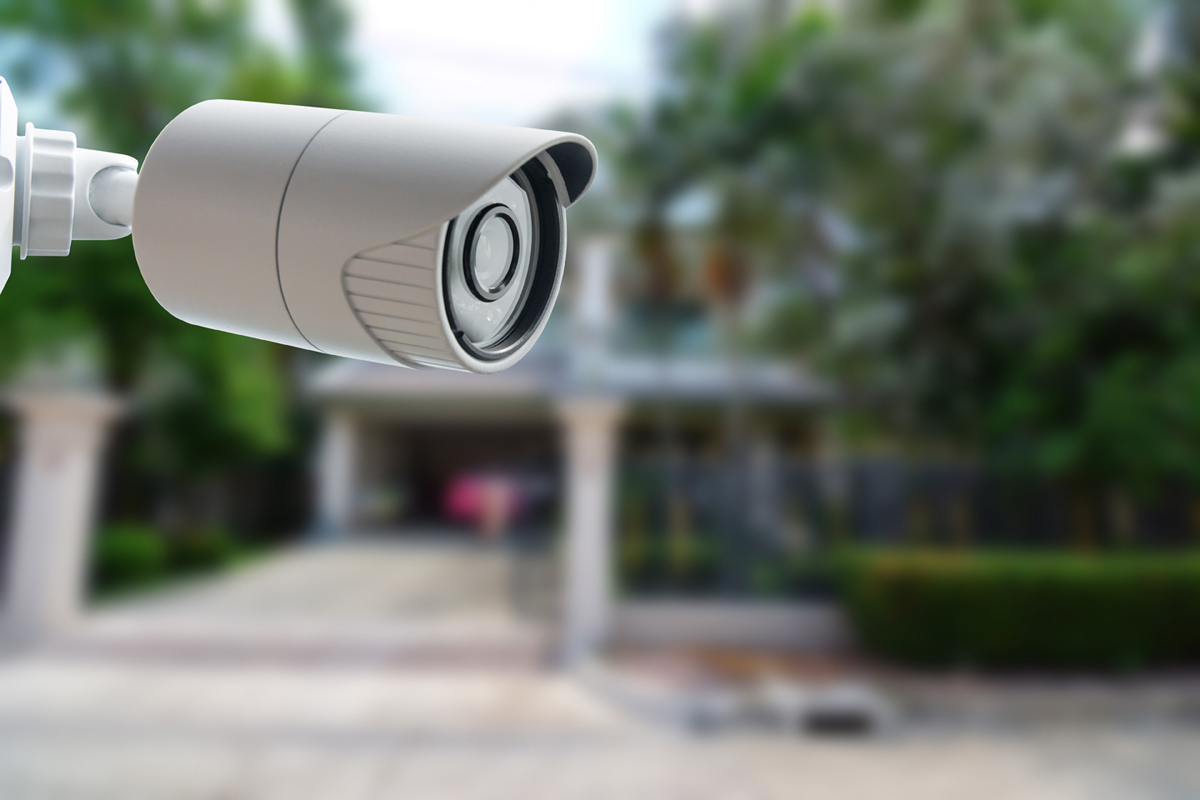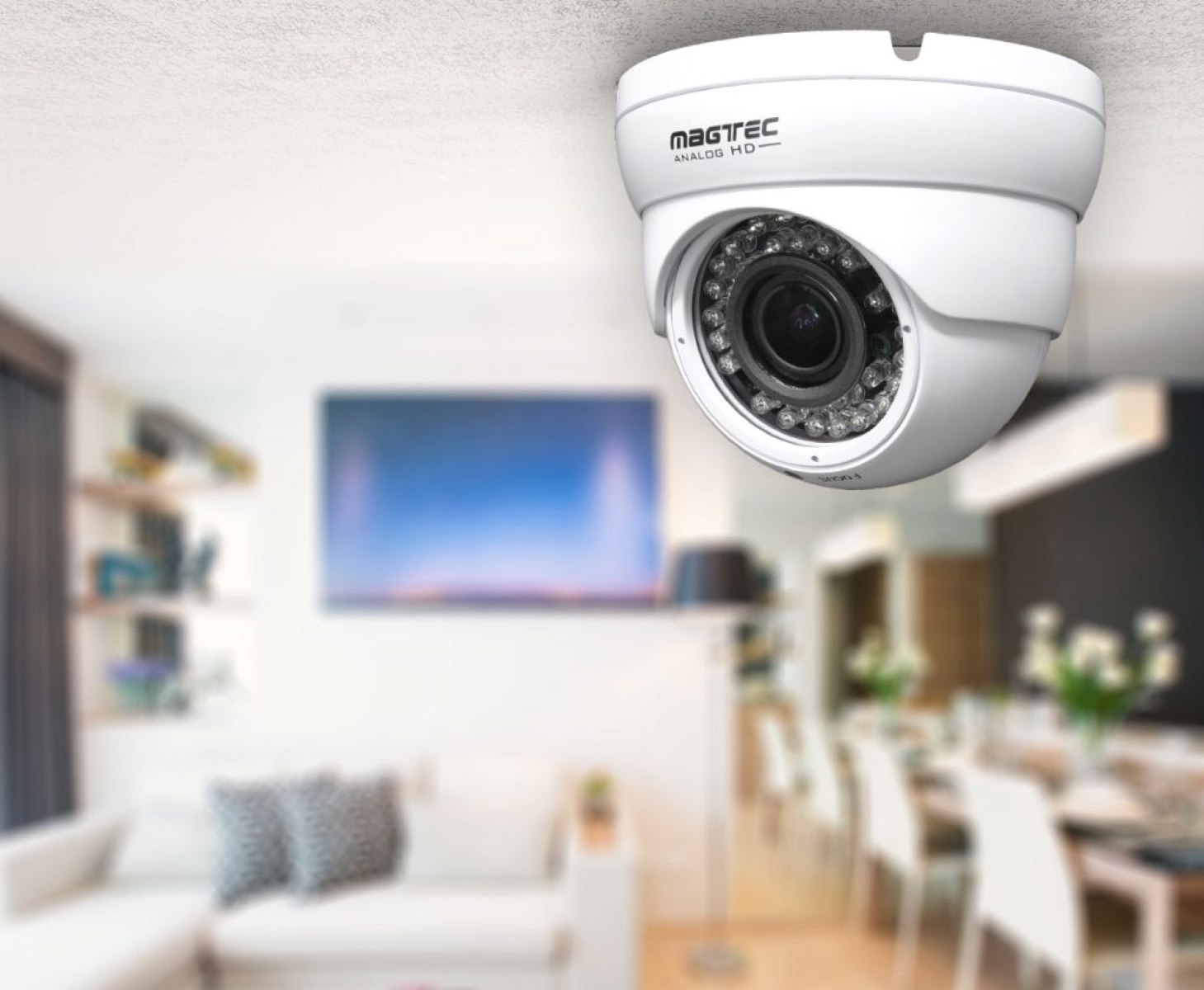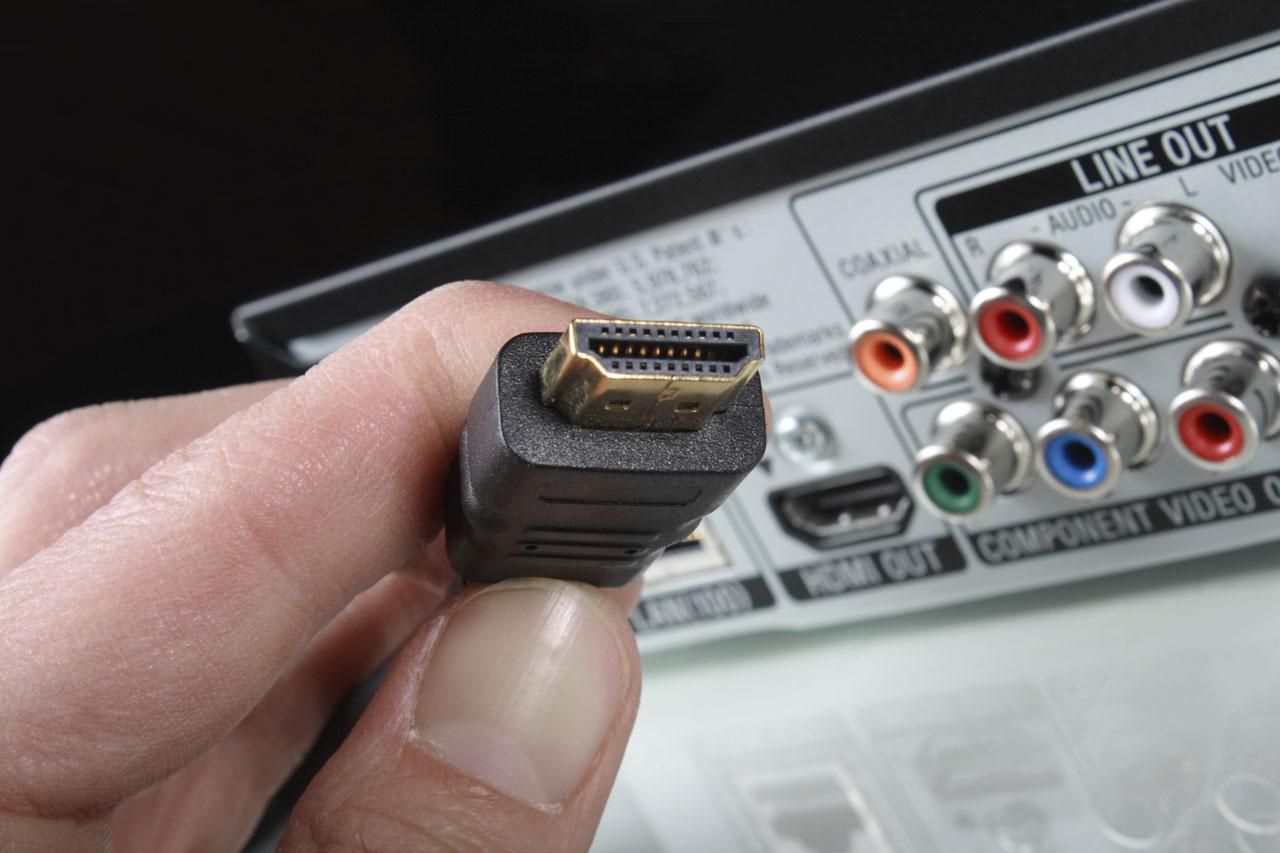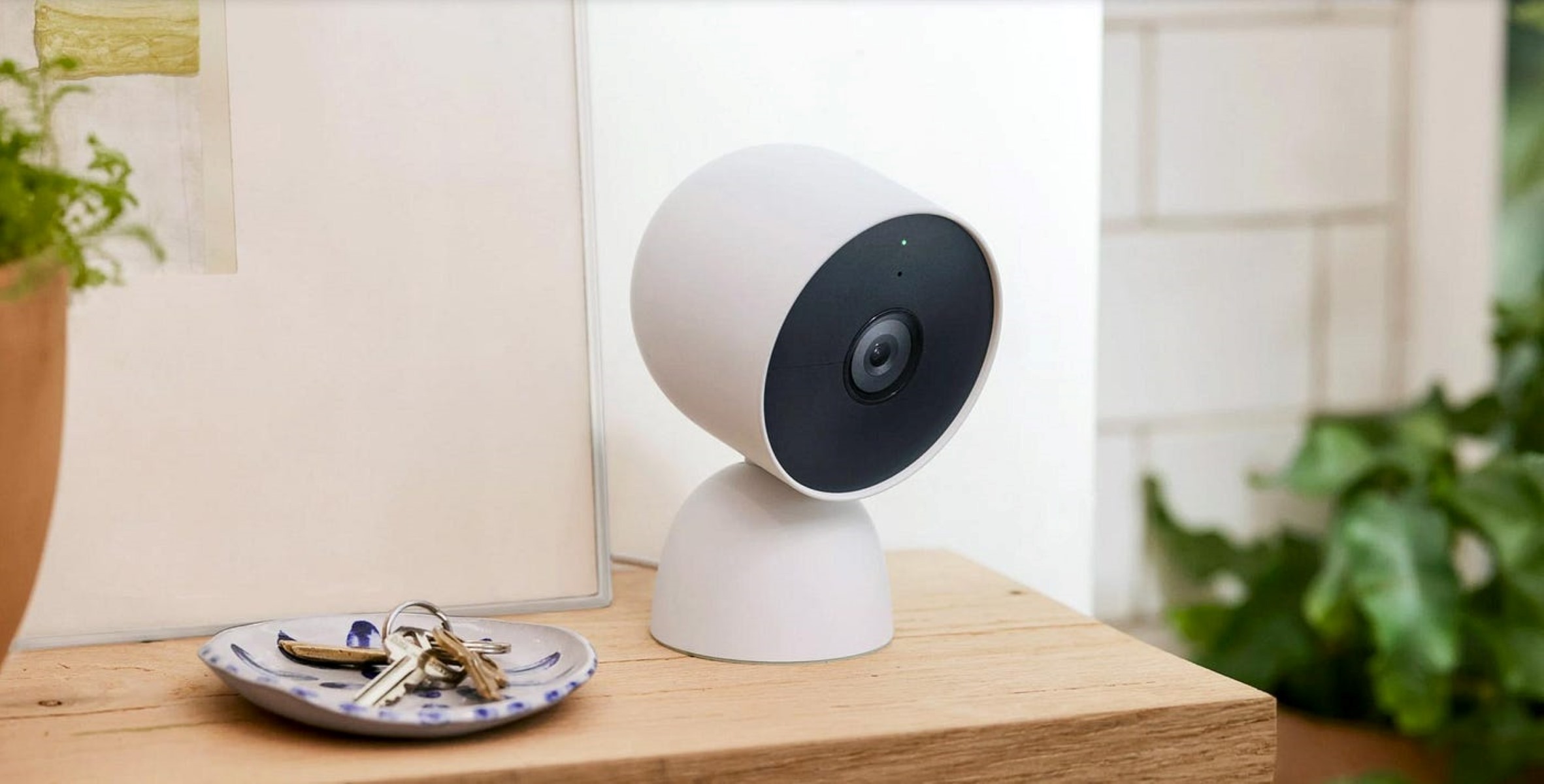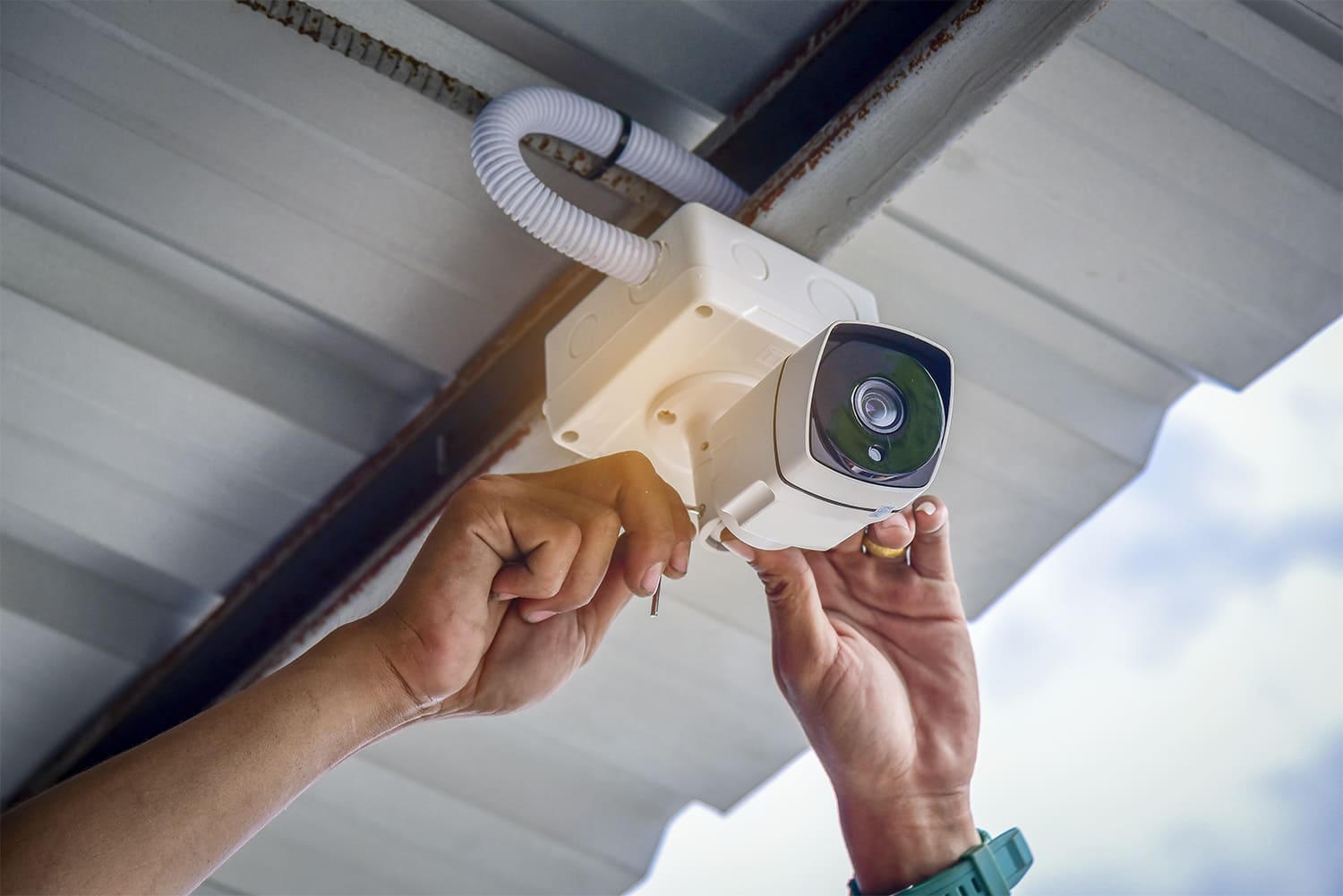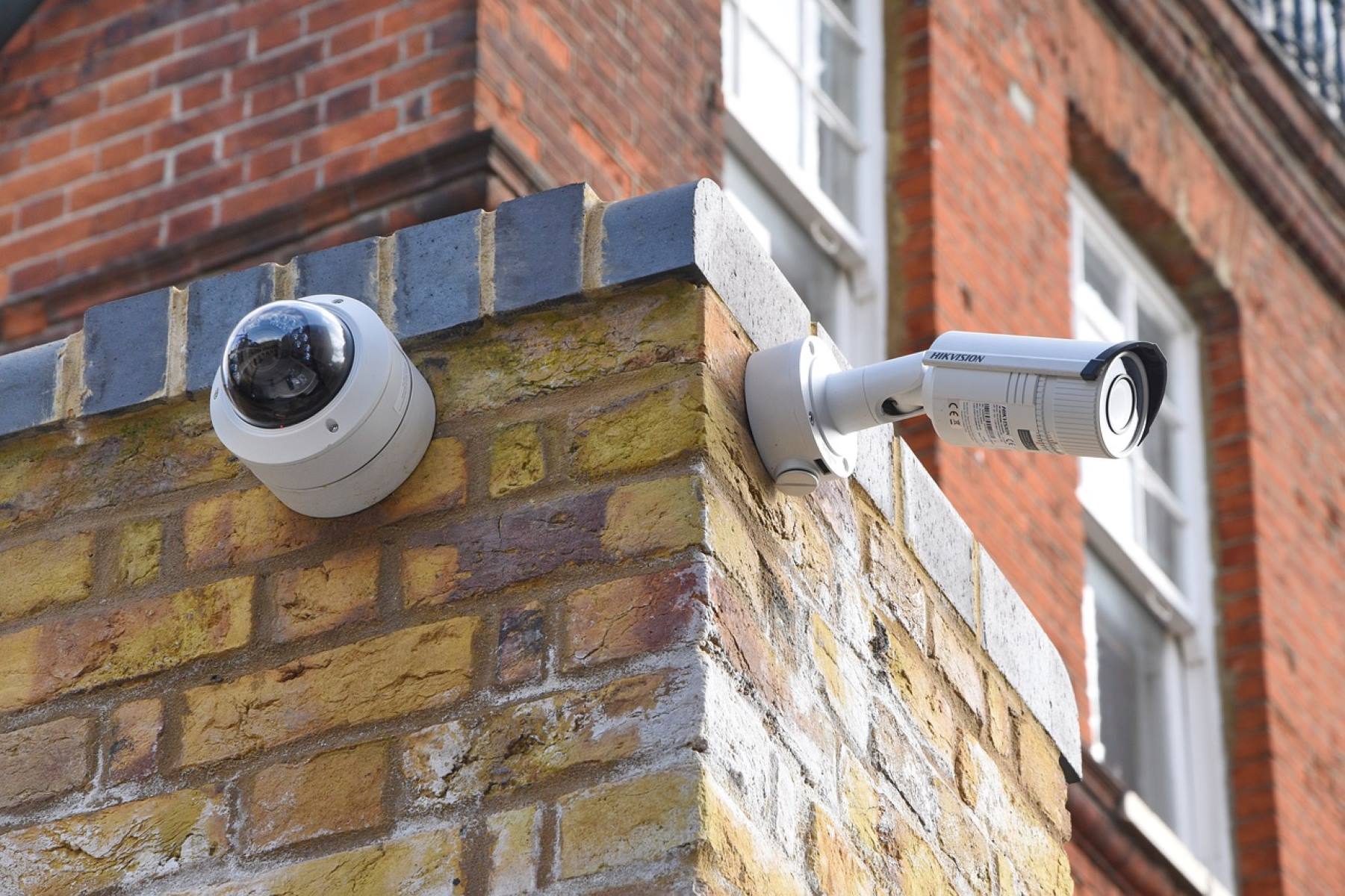Home>Home Security and Surveillance>How To Distribute CCTV Output To All TVs In Home


Home Security and Surveillance
How To Distribute CCTV Output To All TVs In Home
Modified: March 6, 2024
Learn how to distribute CCTV output to all TVs in your home with our comprehensive guide. Enhance your home security and surveillance system for complete peace of mind.
(Many of the links in this article redirect to a specific reviewed product. Your purchase of these products through affiliate links helps to generate commission for Storables.com, at no extra cost. Learn more)
Introduction
Home security and surveillance systems play a crucial role in keeping our homes safe and protected. One of the key components of these systems is the Closed-Circuit Television (CCTV) cameras, which provide constant monitoring of our property.
While it’s essential to have CCTV cameras installed, it’s equally important to have a convenient way to view the footage on multiple TVs within our home. This allows us to keep an eye on our property from different rooms, ensuring maximum security. In this article, we will explore various methods to distribute CCTV output to all TVs in our home.
Key Takeaways:
- Easily distribute CCTV footage to all TVs in your home using devices like a CCTV distribution amplifier or HDMI matrix switch. This ensures you can monitor your property from different rooms, enhancing home security.
- Consider using a video modulator or streaming device to access CCTV footage on various devices, providing flexibility and convenience for monitoring your home security system.
Read more: How To Secure Home CCTV
Method 1: Using a CCTV Distribution Amplifier
One of the most straightforward and cost-effective methods to distribute CCTV output to multiple TVs is by using a CCTV distribution amplifier. This device acts as a hub, taking the signal from the CCTV camera and splitting it to multiple outputs.
Overview of CCTV Distribution Amplifier:
A CCTV distribution amplifier typically consists of one input and multiple output ports. The input port is connected to the CCTV camera, and the output ports are connected to the TVs. The distribution amplifier amplifies the video signal from the CCTV camera and sends identical copies of the signal to each TV. This allows you to view the CCTV footage simultaneously on all connected TVs without any loss in quality.
Steps to Distribute CCTV Output using a Distribution Amplifier:
1. Choose a suitable location for the distribution amplifier near your CCTV camera and ensure it is within reach of all the TVs you want to connect.
2. Connect the CCTV camera’s output cable to the input port of the distribution amplifier.
3. Connect the output cables from the distribution amplifier to the HDMI or AV input ports of each TV.
4. Power on the CCTV distribution amplifier and all the connected TVs.
5. Select the corresponding input source on each TV to view the CCTV footage.
Using a CCTV distribution amplifier provides a simple and cost-effective solution to distribute CCTV output to all TVs in your home. It eliminates the need for additional complex setups and ensures that you have a clear and consistent view of your CCTV footage throughout your home.
In the next section, we will explore another method to distribute CCTV output using a HDMI matrix switch.
1 Overview of CCTV Distribution Amplifier
A CCTV distribution amplifier is a handy device that allows you to distribute the output from one CCTV camera to multiple TVs in your home. It acts as a central hub, taking the video signal from the CCTV camera and splitting it into multiple outputs, which can then be connected to different TVs. This ensures that you can monitor your CCTV footage from various locations within your home.
The distribution amplifier is designed to amplify and distribute the video signal without any degradation in quality. It ensures that the CCTV footage is displayed on each connected TV without any loss or distortion. This is particularly important for maintaining reliable surveillance and maximizing the effectiveness of your home security system.
The typical CCTV distribution amplifier consists of one input port and multiple output ports. The input port is where you connect the output cable from your CCTV camera. The output ports, usually HDMI or AV ports, are where you connect the cables that run to each TV. The number of output ports can vary depending on the specific device, typically ranging from 2 to 8 ports, catering to different home setups.
One of the significant advantages of using a CCTV distribution amplifier is convenience. By connecting the cameras to one central device, you eliminate the need for individual cables running from each camera to every TV. This simplifies the installation process and reduces cable clutter in your home.
Furthermore, a distribution amplifier ensures that the CCTV footage can be viewed simultaneously on every connected TV. This is particularly useful when you want to keep an eye on your property from different parts of your home, such as the living room, bedroom, or home office. With the CCTV distribution amplifier, you can have peace of mind knowing that you have an uninterrupted and consistent view of your surveillance footage.
Overall, a CCTV distribution amplifier is a cost-effective and efficient solution for distributing CCTV output to all TVs in your home. Its simplicity of use, reliable performance, and ability to maintain video quality make it a popular choice for homeowners who want to enhance their home security and surveillance systems. In the next section, we will delve into the step-by-step process of using a CCTV distribution amplifier to distribute CCTV output to all TVs in your home.
2 Steps to Distribute CCTV Output using a Distribution Amplifier
Distributing CCTV output to all TVs in your home using a distribution amplifier is a straightforward process. Here are the steps to follow:
1. Choose a suitable location: Identify a suitable location near your CCTV camera where you can install the distribution amplifier. Ensure that it is easily accessible and within reach of all the TVs you want to connect.
2. Connect the CCTV camera: Take the output cable from your CCTV camera and connect it to the input port of the distribution amplifier. Make sure the connection is secure to avoid any signal loss.
3. Connect the output cables: Take HDMI or AV cables and connect them from the output ports of the distribution amplifier to the HDMI or AV input ports of each TV. Ensure that the cables are securely connected to provide a stable signal transmission.
4. Power on the devices: Plug in the distribution amplifier and all the connected TVs to a power source. Ensure that each device is powered on and ready to be used.
5. Select the input source: On each TV, use the remote control or the TV’s menu settings to select the corresponding input source to display the CCTV footage. This input source should be the one connected to the distribution amplifier.
6. Adjust settings as needed: If your distribution amplifier has any additional settings or configurations, such as adjusting the video resolution or audio settings, you can customize them based on your preferences. Refer to the device’s user manual for specific instructions on how to modify these settings.
Once you have completed these steps, you should be able to view the live CCTV footage on all the connected TVs simultaneously. Keep in mind that the distribution amplifier provides an exact copy of the CCTV signal on each TV, ensuring that you have a consistent visual representation of the surveillance footage throughout your home.
In the next section, we will explore another method to distribute CCTV output using a HDMI matrix switch. This method offers additional flexibility by allowing you to switch between multiple input sources on different TVs.
1 Introduction to HDMI Matrix Switch
An HDMI matrix switch is a versatile device that allows you to distribute and switch between multiple HDMI input sources to multiple TVs. It serves as a central hub for managing and controlling the distribution of audio and video signals to different displays within your home.
The HDMI matrix switch comes with multiple HDMI input ports and multiple HDMI output ports. The number of input and output ports varies depending on the specific model, ranging from 2×2 (2 inputs, 2 outputs) to more complex configurations like 8×8 or even higher.
This device is not limited to just CCTV camera output but also allows you to connect other devices such as cable or satellite boxes, gaming consoles, media players, and more. It provides the flexibility to switch between these different devices and display their content on different TVs.
The matrix switch operates by electronically routing the HDMI signals from the input ports to the output ports, based on the user’s selection. It supports high-definition video and audio formats, ensuring that you experience superior audiovisual quality while distributing the content to multiple TVs.
The ability to switch between different input sources and distribute their output to a specific display makes HDMI matrix switches a powerful tool for home automation and entertainment systems. With the remote control or control panel provided with the matrix switch, you can easily select which input source you want to display on each specific TV or even broadcast the same source to multiple TVs simultaneously.
The convenience of an HDMI matrix switch lies in its ability to provide seamless integration and control of multiple HDMI devices. Whether you want to switch between different CCTV camera outputs or enjoy various entertainment sources on different TVs, an HDMI matrix switch simplifies the process and eliminates the need for separate cables and multiple connections.
In the next section, we will delve into the step-by-step process of utilizing a HDMI matrix switch to distribute CCTV output to all TVs in your home.
Consider using a video distribution system to send the CCTV output to all TVs in your home. This can be done using a combination of HDMI splitters, network switches, and video baluns to ensure a reliable and high-quality signal to all TVs.
Read more: Which CCTV Is Best For Home?
2 Steps to Distribute CCTV Output using a HDMI Matrix Switch
Distributing CCTV output to all TVs in your home using an HDMI matrix switch is a convenient and flexible solution. Here are the steps to follow:
1. Choose a suitable location: Select a suitable location where you want to install the HDMI matrix switch. Ensure it is easily accessible and within reach of all the TVs and devices you want to connect.
2. Connect the HDMI cables: Take HDMI cables and connect the HDMI output ports of your CCTV cameras to the HDMI input ports of the matrix switch. Make sure the connections are secure to ensure a stable signal transmission.
3. Connect the HDMI cables to the TVs: Take additional HDMI cables and connect the HDMI output ports of the matrix switch to the HDMI input ports of each TV. Ensure that the cables are properly connected to provide a reliable signal transfer.
4. Connect other HDMI devices (optional): If you have other HDMI devices, such as media players or gaming consoles, that you want to integrate with the matrix switch, connect their HDMI output ports to the HDMI input ports of the switch. This allows you to switch between different input sources on the TVs.
5. Power on the devices: Plug in the HDMI matrix switch, CCTV cameras, and all connected devices to a power source. Ensure that each device is powered on and operational.
6. Select the input and output configurations: Using the remote control or control panel provided with the HDMI matrix switch, select the desired input source for each TV. You can choose to display the CCTV camera output on specific TVs or switch to other HDMI input sources as per your preference.
7. Enjoy the distributed CCTV output: Sit back and enjoy the live CCTV footage displayed on the chosen TVs. The HDMI matrix switch allows you to view the CCTV output on multiple TVs simultaneously or switch between different input sources effortlessly.
The HDMI matrix switch provides a seamless and efficient way to control and distribute CCTV output to all TVs in your home. Its flexibility in connecting multiple devices and the ability to easily switch between different input sources make it ideal for both home security and entertainment purposes.
In the next section, we will explore another method of distributing CCTV output using a video modulator. This method allows you to convert the CCTV signal into a channel that can be viewed on any standard TV in your home.
1 Understanding Video Modulators
A video modulator is a device that converts the video output from a CCTV camera into a format that can be viewed on any standard TV. It essentially takes the baseband video signal and modulates it onto a specific television channel, allowing you to tune into that channel on your TV to view the CCTV footage.
Video modulators are particularly useful when you want to distribute the CCTV output to multiple TVs that do not have HDMI or AV inputs. By converting the signal into a channel format, you can access and view the CCTV footage on any TV, regardless of its input options.
Video modulators typically come with a coaxial input and output connection. The coaxial input is where you connect the video signal from the CCTV camera, and the coaxial output is connected to the antenna input of the TV. The modulator takes the video signal, modulates it onto a specific frequency, and broadcasts it as a television channel that can be accessed through the TV’s tuner.
When using a video modulator, it’s important to note that you will need to select an unused channel on your TV for the CCTV footage to be displayed. This ensures that there is no interference with other existing channels. Most video modulators allow you to select the output channel manually or automatically detect an available channel for broadcasting.
Video modulators are available in different frequency ranges to accommodate various TV systems and standards, such as NTSC, PAL, and SECAM. It’s important to choose a video modulator that is compatible with the TV system used in your region to ensure optimal video quality and compatibility.
Utilizing a video modulator simplifies the process of distributing CCTV output to multiple TVs within your home. It eliminates the need for additional complex setups or specialized input options on the TVs, allowing you to view the CCTV footage on any standard television.
In the next section, we will explore the step-by-step process of implementing a video modulator to distribute CCTV output to all TVs in your home.
2 Steps to Distribute CCTV Output using a Video Modulator
Distributing CCTV output to all TVs in your home using a video modulator is a straightforward process. Here are the steps to follow:
1. Choose a suitable location: Select a suitable location near your CCTV camera where you want to install the video modulator. Ensure it is within reach of both the CCTV camera’s output and the TVs you want to connect.
2. Connect the CCTV camera: Take the video output cable from your CCTV camera and connect it to the coaxial input of the video modulator. Make sure the connection is secure to maintain a stable signal.
3. Connect the TVs: Connect the coaxial output of the video modulator to the antenna input of each TV using coaxial cables. Ensure that the cables are securely connected to provide a reliable signal transmission.
4. Choose an available channel: Determine an available channel on each TV that is not being used by any existing broadcast. This channel will be used to receive and display the CCTV footage. Refer to the TV’s manual or settings menu to select and tune into the chosen channel.
5. Adjust the modulator settings: Access the settings of the video modulator and configure the output channel to match the channel selected on each TV. This ensures that the modulator broadcasts the CCTV footage on the chosen channel for each TV.
6. Power on the devices: Plug in the video modulator, CCTV camera, and all connected TVs to a power source. Ensure that each device is powered on and ready for use.
7. View the CCTV footage: Tune into the selected channel on each TV. You should now be able to view the CCTV footage on the assigned channel, which has been modulated by the video modulator.
The use of a video modulator simplifies the process of distributing CCTV output to all TVs in your home, especially when the TVs do not have HDMI or AV inputs. By converting the CCTV signal into a broadcasted channel, you can easily access and view the CCTV footage on any standard TV.
In the next section, we will explore employing a streaming device as another method to distribute CCTV output to all TVs in your home. This method allows you to access the CCTV footage on various devices, including smartphones, tablets, and smart TVs, giving you maximum flexibility and convenience.
1 Introduction to Streaming Devices
Streaming devices have revolutionized the way we consume media and access content, providing a convenient and versatile way to stream audio and video content over the internet. These devices, such as streaming sticks, set-top boxes, or smart TVs, have become a popular choice for entertainment in households worldwide.
When it comes to distributing CCTV output to all TVs in your home, streaming devices can offer an innovative solution. By utilizing a streaming device, you can access the CCTV footage on various devices, including smartphones, tablets, and smart TVs, giving you maximum flexibility and convenience.
Streaming devices connect to your home network and provide access to various streaming services, apps, and platforms. They typically come with built-in Wi-Fi or Ethernet connectivity, allowing you to connect to the internet seamlessly. Popular streaming devices include Roku, Amazon Fire TV, Apple TV, and Google Chromecast.
To distribute CCTV output using a streaming device, you need to ensure that your CCTV system supports streaming capabilities. Modern CCTV systems often have companion apps or software that allows you to connect to the cameras remotely. By installing the CCTV app on your streaming device, you can access the live CCTV footage and view it on any connected TV or device.
Streaming devices offer additional benefits for distributing CCTV output. You can easily switch between different cameras, access recorded footage, and even receive real-time notifications or alerts on your streaming devices when there is any activity detected by the CCTV system.
Furthermore, streaming devices usually come with user-friendly interfaces and intuitive controls, making it simple to navigate and view CCTV footage. With remote controls, voice assistants, or smartphone apps, you can effortlessly browse through the CCTV feed and customize the viewing experience based on your preferences.
Overall, incorporating streaming devices into your CCTV system allows for flexible and convenient access to the CCTV footage on various devices. Whether you want to monitor your property from the comfort of your living room TV or view the footage on your smartphone while on the go, streaming devices provide a user-friendly and versatile solution.
In the next section, we will delve into the step-by-step process of using a streaming device to distribute CCTV output to all TVs in your home, providing you with a comprehensive and modern approach to home security and surveillance.
Read more: Which TVs Work With Google Home
2 Steps to Distribute CCTV Output using a Streaming Device
Distributing CCTV output to all TVs in your home using a streaming device is a convenient and flexible solution. Here are the steps to follow:
1. Ensure compatibility: Confirm that your CCTV system supports streaming capabilities and has a companion app or software compatible with your streaming device.
2. Install the streaming device: Connect your streaming device to a power source and your TV. Follow the manufacturer’s instructions to complete the setup process and connect the streaming device to your home network.
3. Download the CCTV app: Access the streaming device’s app store or marketplace and search for the CCTV app that corresponds to your CCTV system. Download and install the app on the streaming device.
4. Open the CCTV app: Launch the CCTV app on the streaming device and follow the on-screen prompts to log in or connect to your CCTV system. Ensure that your CCTV cameras are configured correctly and operational.
5. Select the CCTV feed: Using the streaming device’s remote control, voice control, or mobile app, navigate to the CCTV app and select the desired camera feed or view. Customize settings such as video quality, motion detection, or specific zones of interest, based on your requirements.
6. Choose the TV: Select the TV to which you want to distribute the CCTV footage. If using a streaming stick or set-top box, ensure that it is connected to the respective HDMI input of the chosen TV.
7. View the CCTV footage: Enjoy the live CCTV footage displayed on the connected TV. You can utilize the streaming device’s user-friendly interface and controls to monitor and manage the CCTV output.
Using a streaming device to distribute CCTV output offers numerous advantages. You can access the CCTV footage on various devices, including smartphones, tablets, and smart TVs. The flexibility allows you to monitor and view the CCTV footage from anywhere within your home or even remotely.
In conclusion, there are multiple methods available to distribute CCTV output to all TVs in your home. By using a CCTV distribution amplifier, HDMI matrix switch, video modulator, or streaming device, you can ensure that the CCTV footage is accessible on multiple TVs, providing enhanced security and peace of mind.
Consider the specific needs of your home security and surveillance system, as well as the capabilities of your existing devices, when choosing the method that best suits your requirements. Each method offers its own benefits and features to cater to various setups and preferences.
Remember to always follow the manufacturer’s instructions and guidelines when setting up and using these devices. As technology continues to advance, it is essential to stay updated and adapt to the latest solutions for efficient CCTV output distribution.
Implementing a comprehensive and effective CCTV output distribution system allows you to take full advantage of your home security and surveillance investments, ensuring that you have clear visibility and control over the areas you wish to monitor. With the right approach and devices, you can create a robust and seamless CCTV distribution setup for enhanced security and peace of mind.
Frequently Asked Questions about How To Distribute CCTV Output To All TVs In Home
Was this page helpful?
At Storables.com, we guarantee accurate and reliable information. Our content, validated by Expert Board Contributors, is crafted following stringent Editorial Policies. We're committed to providing you with well-researched, expert-backed insights for all your informational needs.
